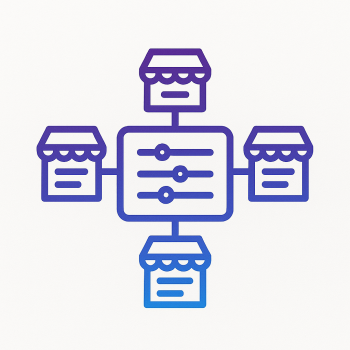How to Integrate Magento 2 with ERP Systems (SAP, NetSuite, etc.)

Why Integrate Magento 2 with ERP Systems?
Running an eCommerce store on Magento 2 is great, but managing inventory, orders, and customer data manually? Not so much. That’s where ERP systems like SAP, NetSuite, or Microsoft Dynamics come in. They handle the heavy lifting—stock management, financials, and supply chain—while Magento takes care of the front-end shopping experience.
Integrating Magento 2 with an ERP system means:
- ✅ Real-time sync of orders, inventory, and customer data
- ✅ Automated workflows (no more manual CSV imports!)
- ✅ Better accuracy in stock levels and pricing
- ✅ Faster order processing with fewer errors
But how do you actually connect them? Let’s break it down step by step.
Integration Methods: APIs, Extensions, or Custom Code?
There are three main ways to link Magento 2 with an ERP:
- Using Pre-built Extensions (e.g., Magefine’s ERP connectors)
- Custom API Integration (REST/SOAP)
- Middleware Solutions (like MuleSoft or Dell Boomi)
If you’re not a coding expert, extensions are the easiest route. But if you need full control, APIs are the way to go.
Option 1: Using a Pre-built Extension
Extensions like Magento 2 SAP Integration or NetSuite Connector handle most of the work. Here’s how to set one up:
- Install the extension via Composer:
composer require magefine/magento2-sap-connector - Enable it:
php bin/magento module:enable Magefine_SapIntegration - Configure credentials in Stores > Configuration > ERP Settings
Most extensions support:





